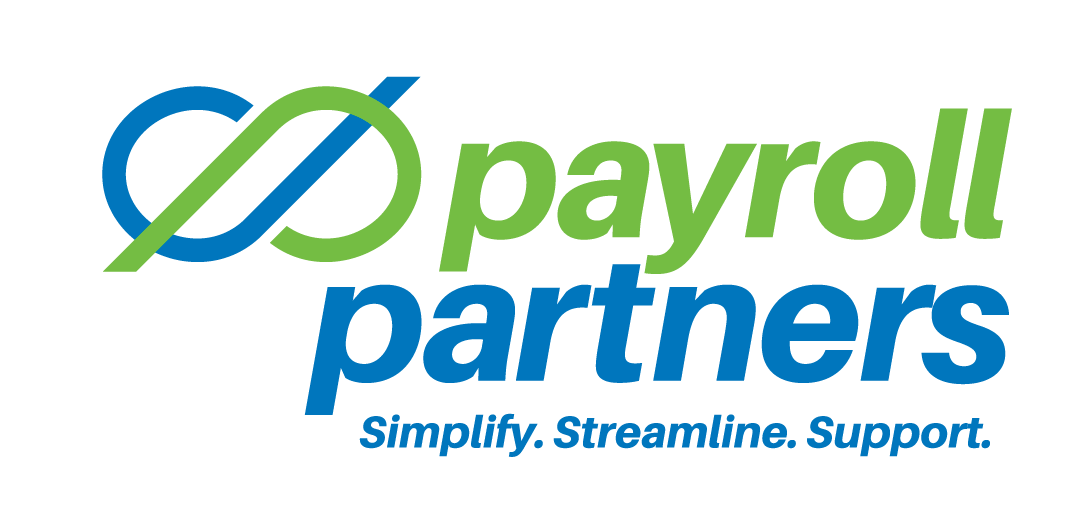20 Feb Shave Payroll Costs for Shared Employees
If you run your business operations through two or more corporations, the different entities may share some of the same employees. In that case, you can save payroll taxes by using a Common Paymaster.
Instead of having each business pay Social Security and Medicare tax for shared employees, common paymasters remit the appropriate amount of tax just once.
In other words, no more tax would be paid than would be the case with a single employer. The savings apply to employees who on a combined basis earn more than the Social Security tax wage ceiling, which for 2019 is $132,900 (up from $128,400 in 2018).
For example, let’s say you have two corporations equally sharing a business manager who earns $150,000 a year and collects two different $75,000 paychecks. If each company pays Social Security tax for the manager, each separate Social Security tax bill is $4,650 (6.2% of $75,000) for a total of $9,300.
However, if a common paymaster takes over in 2019 the total Social Security tax bill is limited to $8,240 ($132,900 times 6.2%).
Result: The corporations save $1,060 in Social Security tax ($8,240 versus $9,300).
You can only take advantage of this calculation when related corporations employ a worker “concurrently,” or at the same time. However, there are some restrictions on what constitutes a “related corporation.” Ask your tax advisor for more information in your situation.
IRS Definition
Concurrent employment is defined by the IRS as the “contemporaneous existence of an employment relationship between an individual worker and two or more corporations.”
The common paymaster option is only available to corporations. Sole proprietors and partnerships are not eligible.


